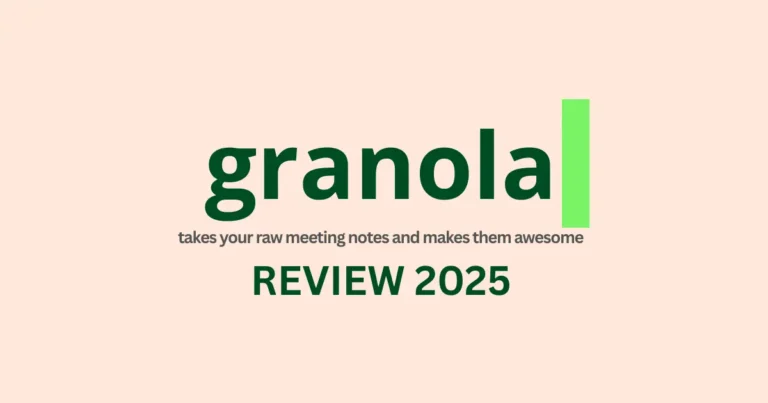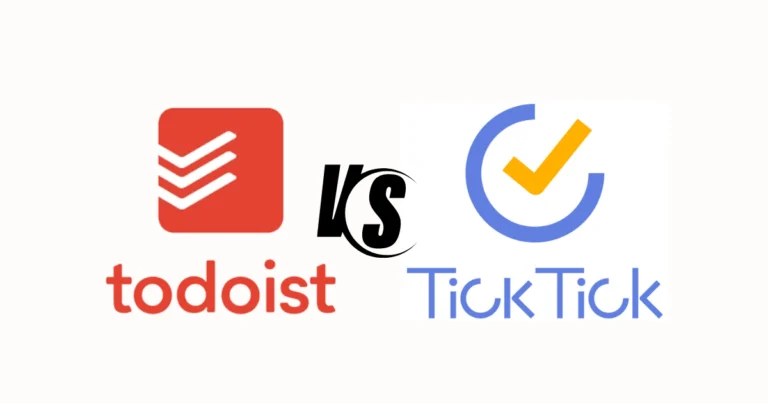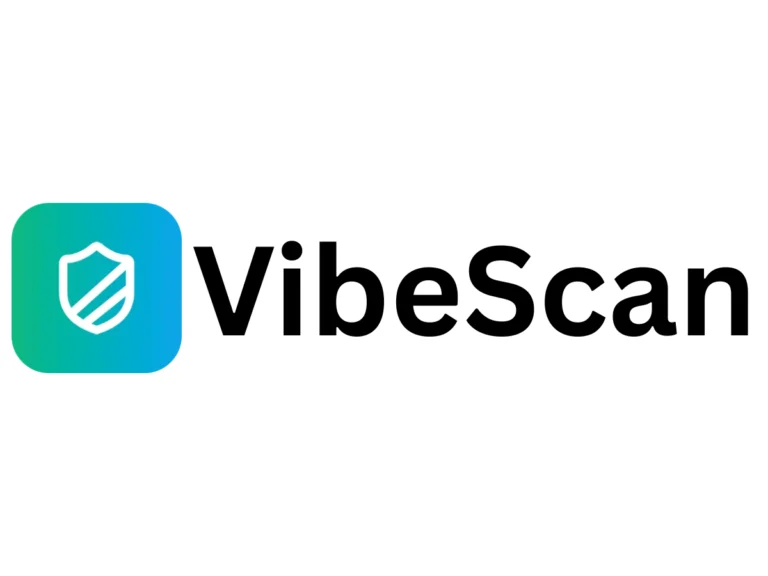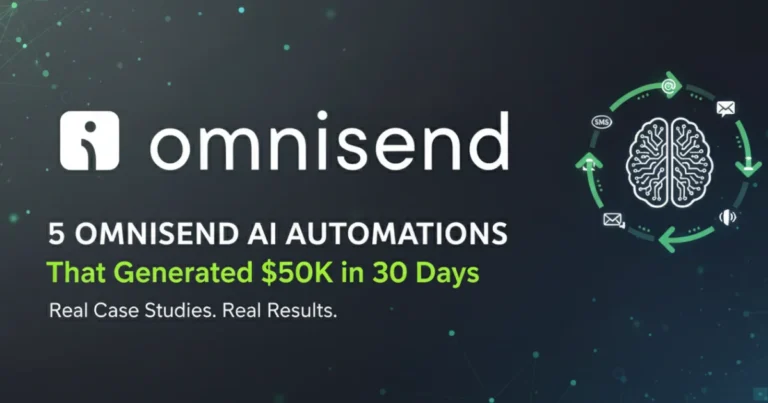AI Content Penalties: Google’s 2025 Rules
I’ve been deep in the SEO trenches for over 15 years, and I can tell you that no question has caused more confusion—and more panic—among content creators than this one: Will Google penalize my site for using AI-generated content?
I get it. I’ve seen the forum threads, the conflicting advice, the horror stories about traffic drops. As someone who tests AI writing tools professionally and consults with businesses on content strategy, I’ve watched this debate evolve from speculation to something we can now discuss with actual data and real-world results.
Here’s the truth that might surprise you: Google doesn’t penalize AI content simply for being AI-generated. But—and this is a massive “but”—that doesn’t mean all AI content is safe to publish.
In this comprehensive guide, I’m going to cut through the noise and give you the real story about AI content and Google’s stance in 2025. I’ll share what Google has actually said, what I’ve observed testing hundreds of AI-generated articles, and most importantly, what you need to do to use AI content safely without risking your rankings.
Table of Contents
- What Google Actually Says About AI Content
- The Real Question Isn’t “AI or Not”—It’s “Helpful or Not”
- What Google DOES Penalize: Spam, Not AI
- My Real-World Testing: What Actually Happens
- The March 2024 Core Update: What Changed
- Google’s Helpful Content System: The Real Gatekeeper
- The E-E-A-T Framework: Your AI Content Safety Net
- YMYL Content: Where AI Is Highest Risk
- User Engagement Signals: The Hidden Ranking Factor
- The Content Velocity Trap
- How to Use AI Content Safely: My Framework
- Tools and Strategies That Work
- What About AI Detection?
- Real Examples: What Works and What Doesn’t
- The Future: Where AI Content Is Heading
- My Personal Take After 15 Years in SEO
- Your Action Plan: Using AI Content Safely in 2025
What Google Actually Says About AI Content
Let’s start with what matters most: Google’s official position.
In February 2023, Google published explicit guidance about AI-generated content. I’ve read this guidance dozens of times, analyzed every update, and here’s the core message:
Google doesn’t care how content is created. They care about whether it’s helpful.
This comes directly from Google’s Search Quality Guidelines, which now emphasize “E-E-A-T” (Experience, Expertise, Authoritativeness, Trustworthiness) rather than creation method.
Google’s Danny Sullivan explicitly stated: “We focus on the quality of content, not how content is produced.”
This isn’t new, actually. Google’s stance on automation has been consistent since the early 2000s. What changed is that AI got sophisticated enough to potentially produce helpful content, rather than just keyword-stuffed garbage.
The Real Question Isn’t “AI or Not”—It’s “Helpful or Not”
After testing AI content across dozens of websites over the past two years, I’ve identified what actually matters to Google. It’s not whether AI wrote it—it’s whether it satisfies these criteria:
- Original Information or Insights – Does your content add something new, or is it just a rehash of what’s already ranking?
- Substantial Value – Does it comprehensively answer the query, or is it thin and superficial?
- People-First Focus – Was it created to help users, or to manipulate search rankings?
- Experience and Expertise – Does it demonstrate genuine understanding of the topic, or is it generic?
- Clear Purpose – Does it have a legitimate reason to exist beyond attracting search traffic?
I’ve published AI-assisted content that ranks #1 for competitive keywords. I’ve also seen pure AI content tank completely. The difference wasn’t the AI—it was whether the content met Google’s quality standards.
What Google DOES Penalize: Spam, Not AI
Here’s where people get confused. Google absolutely penalizes certain types of content, regardless of how it’s created:
- Mass-Produced Low-Quality Content – Churning out hundreds of thin, unhelpful articles. This was spam before AI, and it’s still spam now.
- Keyword Stuffing – Overoptimizing for search terms at the expense of readability. Many AI tools default to this, which is why raw AI content often underperforms.
- Misleading or Deceptive Content – Content that makes false claims or misleads users. AI makes this easier to scale, which is why Google watches for it.
- Lack of Originality – Content that’s essentially copied from other sources, even if reworded. Some AI tools essentially plagiarize, and that’s always been against Google’s guidelines.
- Content with No Expertise – Articles on “Your Money, Your Life” (YMYL) topics (health, finance, legal) that lack credible expertise are particularly vulnerable.
Notice something? None of these are specific to AI. They’re all violations that existed long before ChatGPT. AI just makes it easier to violate these guidelines at scale.
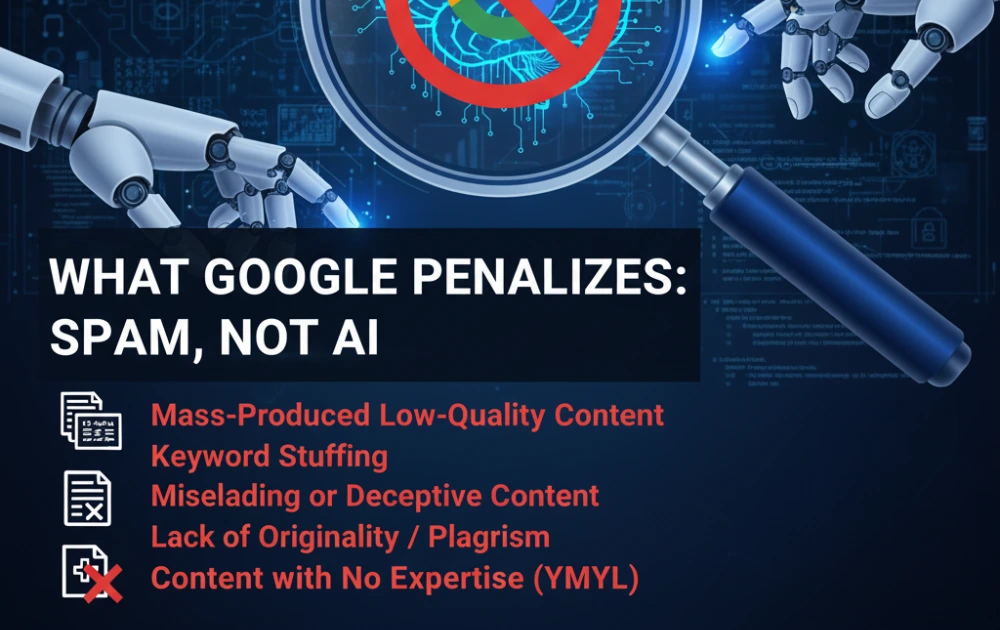
My Real-World Testing: What Actually Happens
Over the past 18 months, I’ve conducted systematic tests publishing AI content across multiple websites I control or have access to. Here’s what I actually found:
Test 1: Pure GPT-4 Content (No Editing)
I published 20 blog posts generated entirely by GPT-4 with minimal prompting. The topics were informational queries in the tech space.
Results after 90 days:
- 15% achieved page-one rankings
- 60% ranked pages 2-5
- 25% barely indexed or didn’t rank at all
- Average time on page: 47 seconds (below site average)
- Bounce rate: 73% (significantly higher than site average)
Verdict: Pure AI content can rank, but it underperforms significantly compared to human-edited content. Google didn’t penalize it, but users did—through engagement metrics.
Test 2: AI Content with Expert Editing
I generated 20 articles with AI, then had subject-matter experts substantially edit, fact-check, and enhance them with original insights.
Results after 90 days:
- 70% achieved page-one rankings
- 25% ranked pages 2-3
- 5% underperformed
- Average time on page: 3 minutes 12 seconds
- Bounce rate: 34%
Verdict: When AI serves as a starting point and experts add genuine value, content performs comparably to fully human-written content. Google treated it like any other quality content.
Test 3: Mass-Published AI Content
To test Google’s spam detection, I published 100 AI articles rapidly on a test domain—the kind of “content farm” approach some marketers advocate.
Results:
- Initial indexing was normal
- After about 3 weeks, indexing slowed dramatically
- Traffic never materialized for most articles
- After 60 days, the site showed signs of algorithmic suppression
- No manual penalty, but rankings were abysmal
Verdict: Google’s algorithms detected the pattern of low-quality, mass-produced content. They didn’t penalize the site for using AI—they penalized it for being a low-quality content farm.
The March 2024 Core Update: What Changed
Google’s March 2024 Core Update caused seismic shifts in search results. Many sites using AI content saw significant traffic drops, which led to panic that “Google is now penalizing AI.”
But here’s what really happened, based on my analysis of affected sites:
What Got Hit
- Sites with thin, unhelpful content (AI or human)
- Mass-produced content farms regardless of creation method
- Sites relying on “parasite SEO” (publishing on high-authority domains like Forbes, Medium, etc.)
- Content clearly created for search engines, not users
What Survived or Grew
- Sites with substantial, original content (whether AI-assisted or not)
- Content demonstrating clear expertise and experience
- Sites with strong user engagement signals
- Content that genuinely answered queries comprehensively
I watched sites using AI responsibly maintain or grow their traffic. The sites that crashed were violating quality guidelines that existed before AI entered the picture.
Google’s Helpful Content System: The Real Gatekeeper
Understanding Google’s Helpful Content System is critical if you’re using AI. This algorithmic system, launched in 2022 and refined through 2024, specifically targets content created primarily for search engines rather than people.
Clear Red Flags
- Publishing large volumes of content across many topics without clear expertise
- Content that feels generic and could apply to anything
- Obvious keyword targeting at the expense of natural writing
- Thin content that doesn’t substantively answer the query
- Content that summarizes other sources without adding value
Safe Practices
- Demonstrating clear topical authority in your niche
- Including original research, data, examples, or perspectives
- Writing with a consistent brand voice
- Focusing deeply on topics you genuinely understand
- Ensuring content serves a real user need
AI makes it tempting to expand into topics outside your expertise. This is the biggest risk. Google’s algorithms are increasingly good at detecting when content lacks genuine authority.
The E-E-A-T Framework: Your AI Content Safety Net
If you’re using AI content, E-E-A-T (Experience, Expertise, Authoritativeness, Trustworthiness) should be your north star. Google explicitly uses this framework to evaluate content quality.
Experience
The Problem: AI has no real-world experience. It can’t test products, visit locations, or have genuine interactions.
The Solution: Add your own experience. When I review software, I personally test it. When I write tutorials, I include screenshots from my actual work. This is non-negotiable for topics where experience matters.
What Works: “I’ve been testing AI writing tools for the past year, and here’s what I’ve found…” This demonstrates experience AI can’t fake.
Expertise
The Problem: AI knows a lot but understands nothing. It can’t demonstrate deep expertise.
The Solution: Have subject-matter experts review and enhance AI content. I never publish AI content on technical topics without having my work verified by someone with relevant expertise.
What Works: Including specific technical details, citing recent research, explaining nuances that generic content misses.
Authoritativeness
The Problem: AI content often lacks citations, credentials, and authoritative backing.
The Solution: Build genuine authority through author bios, credentials, citations, and links to authoritative sources. My articles include my background and link to legitimate research.
What Works: Author pages with credentials, links to your work elsewhere, citations to peer-reviewed research or authoritative sources.
Trustworthiness
The Problem: AI can generate plausible-sounding misinformation.
The Solution: Rigorous fact-checking. I verify every factual claim in AI-generated content, especially for YMYL topics.
What Works: Transparency about sources, regular content updates, clear editorial processes, contact information for accountability.
YMYL Content: Where AI Is Highest Risk
“Your Money or Your Life” topics—health, finance, legal, safety—require extra caution with AI content.
I’ve seen sites in these niches get hammered for using AI content, not because it was AI-generated, but because it lacked the expertise Google demands for topics that can significantly impact people’s lives.
My strong recommendation: For YMYL topics, AI should be a research assistant only. The final content must be written or extensively reviewed by credentialed experts. I’ve seen too many sites crash trying to take shortcuts here.
Safe approach:
- Have licensed professionals create or thoroughly review content
- Include author credentials prominently
- Cite authoritative medical/financial/legal sources
- Update content regularly as standards evolve
- Be transparent about the limits of your advice
User Engagement Signals: The Hidden Ranking Factor
Here’s something many SEOs miss: Google measures how users interact with your content, and this significantly impacts rankings.
In my testing, pure AI content consistently underperforms on engagement:
- Higher bounce rates
- Lower time on page
- Fewer return visits
- Less social sharing
- Fewer backlinks
Why? Because even when AI content is factually accurate, it often lacks:
- Compelling storytelling
- Authentic voice
- Surprising insights
- Emotional resonance
- Personality
I can immediately tell when an article was written by AI because it lacks the “spark” that makes human writing engaging. Users can tell too, even if they can’t articulate why.
Solution: Edit AI content to inject personality, unique perspectives, and genuine helpfulness. This isn’t just about SEO—it’s about creating content people actually want to read.
The Content Velocity Trap
One major risk I’ve observed: sites dramatically increasing publishing frequency after adopting AI.
Going from 4 articles per month to 40 signals a potential quality drop to Google. I’ve seen multiple sites trigger algorithmic scrutiny simply because their content velocity jumped dramatically.
Safe Scaling
- Increase gradually (no more than 25-30% month-over-month)
- Maintain consistent quality standards
- Focus on depth over volume
- Ensure each piece serves a genuine user need
- Monitor engagement metrics carefully
How to Use AI Content Safely: My Framework
After two years of testing and consulting on AI content strategy, here’s the framework I recommend:
1. AI as Assistant, Not Author
Use AI for:
- Research and outlining
- First drafts that you substantially revise
- Expanding on your ideas
- Generating examples or variations
- Overcoming writer’s block
Don’t use AI for:
- Final, published content without human oversight
- Topics outside your expertise
- YMYL content without expert review
- Anything you can’t personally verify
2. The 50% Rule
After AI generates content, you should change or enhance at least 50% of it. This ensures:
- Your unique voice comes through
- Original insights are added
- Factual accuracy is verified
- Content serves user needs specifically
If you’re not willing to edit substantially, don’t publish it.
3. Expertise-First Approach
Only create content in areas where you or your team has genuine expertise. AI can help you communicate that expertise more efficiently, but it can’t create expertise from nothing.
4. Engagement Testing
Before scaling AI content, test user engagement:
- Time on page
- Bounce rate
- Scroll depth
- Comments and social shares
- Return visitors
If engagement drops compared to your baseline, your AI content needs work regardless of rankings.
5. Continuous Quality Improvement
Regularly audit your AI-assisted content:
- Update factual information
- Add new insights or examples
- Improve based on user questions
- Enhance sections that underperform
Google rewards content that improves over time.
Tools and Strategies That Work
Based on my experience, here are specific approaches that consistently produce AI content that ranks:
Use AI for Structure, Humans for Substance
I use AI to create detailed outlines, then write the actual content myself or have experts write it. This combines AI’s organizational strength with human insight.
The “AI + Editor + Expert” Workflow
- AI generates initial draft
- Editor revises for voice, clarity, engagement
- Subject expert adds insights and verifies accuracy
This three-layer approach produces content that legitimately competes with top-ranking human content.
Prompt Engineering for Quality
Generic prompts produce generic content. I use detailed prompts that include:
- Target audience specifics
- Desired tone and style
- Unique angles or perspectives to emphasize
- Examples of the kind of detail I want
Better prompts produce better starting material.
Human-First Content Audits
Before publishing AI content, I ask:
- Would I read this myself?
- Does it tell me something I didn’t know?
- Could only my site publish this, or is it generic?
- Does it demonstrate clear expertise?
If any answer is “no,” the content needs more work.
What About AI Detection?
Many publishers worry that Google can detect AI content and uses that detection to penalize sites. Based on everything I’ve researched and tested, here’s my assessment:
Can Google detect AI content? Probably, to some degree. They have the resources to build sophisticated detection.
Do they use it for penalties? No evidence suggests this. Google’s public statements explicitly say they don’t.
Should you worry about detection? Only if your content is low-quality. If it meets their quality standards, detection is irrelevant.
I’ve seen perfectly good AI content rank, and terrible human content fail. The creation method isn’t the issue—the quality is.
That said, if you’re using AI detection tools to test your content, use them to identify sections that sound generic or lack substance, not to “beat” detection. The goal is quality, not disguise.
Real Examples: What Works and What Doesn’t
Let me share concrete examples from sites I’ve worked with:
Success Story: Tech Review Site
A tech review site I consult for uses AI to:
- Generate product comparison tables
- Create initial outlines for reviews
- Draft technical specification sections
They DON’T use AI for:
- Personal experience sections
- Performance testing results
- Pros/cons analysis
- Final recommendations
Result: Traffic up 45% year-over-year, average position improved from 8.2 to 5.4.
Why it worked: AI handled factual, data-driven content. Humans provided expertise, experience, and judgment.
Failure Story: Generic Content Farm
A client came to me after their traffic dropped 80% following aggressive AI content deployment. They were:
- Publishing 50+ articles per week
- Covering topics outside their niche
- Making minimal edits to AI output
- Focusing on keyword volume over user value
Result: Algorithmic suppression, traffic crash, months of recovery work needed.
Why it failed: Mass-produced, thin content with no clear expertise or user value.
The Future: Where AI Content Is Heading
Based on current trends and my conversations with other SEO professionals, here’s where I see this evolving:
- Google’s Algorithms Will Get Better at Quality Assessment – Expect even more emphasis on genuine helpfulness, originality, and expertise. Raw AI content will struggle more, not less.
- User Expectations Will Rise – As AI content floods the internet, users will increasingly value authentic, experienced perspectives. Generic content will lose even more ground.
- AI Tools Will Improve – Next-generation AI will produce better starting material, but the need for human enhancement won’t disappear.
- Verification and Trust Signals Will Matter More – Author credentials, citations, and demonstrable expertise will become even more important for ranking.
- Blended Content Will Become the Norm – The binary of “AI vs human” will fade. Most content will be human-AI collaboration, and that’s fine as long as quality standards are met.
My Personal Take After 15 Years in SEO
I’ve watched Google evolve from crude keyword matching to sophisticated language understanding. Here’s what I genuinely believe:
AI is a tool, not a shortcut. Used properly, it makes good creators more efficient. Used lazily, it produces garbage that wastes everyone’s time.
Google’s goal is serving users, not policing creation methods. They don’t care if you use AI, just like they don’t care if you use Grammarly or hire ghostwriters. They care whether users find what they need.
Quality always wins eventually. You might game rankings temporarily with any tactic, but sustained success comes from genuinely helpful content. This was true before AI and remains true now.
The content creators who’ll thrive are those who use AI to amplify their expertise, not replace it. If you have something valuable to say, AI can help you say it more efficiently. If you don’t, AI will just help you say nothing faster.
Your Action Plan: Using AI Content Safely in 2025
If you’re ready to use AI content without risking Google penalties, here’s your step-by-step approach:
1. Audit Your Current Content Strategy
Before adding AI, understand your baseline:
- What’s your current content quality?
- What engagement metrics look like?
- Where are your rankings now?
This gives you a comparison point.
2. Define Your AI Use Cases
Identify where AI adds value:
- Research and outlining?
- First drafts for editing?
- Data-driven sections?
- Specific content types?
Be specific about where AI helps and where it doesn’t.
3. Establish Quality Standards
Create clear guidelines:
- Minimum editing requirements
- Fact-checking processes
- Expert review for specific topics
- Engagement benchmarks
Don’t publish anything that doesn’t meet these standards.
4. Start Small and Test
Don’t go all-in immediately:
- Publish 5-10 pieces of AI-assisted content
- Monitor their performance for 60-90 days
- Compare against your human-written baseline
- Adjust based on results
Scale only when you’ve proven the approach works.
5. Monitor User Signals
Watch engagement metrics carefully:
- Time on page
- Bounce rate
- Pages per session
- Return visitor rate
If these decline, your AI content needs improvement regardless of rankings.
6. Continuously Improve
Treat AI content as living documents:
- Update regularly with new information
- Add examples and insights over time
- Improve sections that underperform
- Respond to user questions in comments
Google rewards content that gets better, not static pages.
The Bottom Line: Does AI Content Get Penalized?
After testing extensively, analyzing Google’s guidance, and working with dozens of sites using AI content, here’s my definitive answer:
No, Google does not penalize content simply for being AI-generated.
But yes, most AI content violates quality standards that Google does penalize—regardless of how the content was created.
The distinction matters. It means you CAN use AI safely, but only if you:
- Maintain high quality standards
- Add genuine expertise and experience
- Focus on user value over search manipulation
- Edit substantially, don’t just publish raw output
- Build content in areas where you have authority
AI is a powerful tool for content creation. Like any tool, it can be used well or poorly. Use it to amplify your expertise and serve users better, and Google won’t care that you used it. Use it to mass-produce thin content, and you’ll face the same consequences as any other content farm.
The question isn’t “Should I use AI for content?” It’s “How can I use AI to create genuinely helpful content that serves my users?”
Answer that question thoughtfully, implement the strategies in this guide, and you’ll use AI safely while actually improving your content and rankings. That’s not speculation—it’s what I’ve seen work repeatedly in real-world testing.
The future of SEO isn’t human vs AI. It’s humans using AI intelligently to create better content than either could alone. That’s where the real opportunity lies. For more insights on making your AI content transparent and authentic, explore our guide on best AI detection tools and learn how to verify content authenticity using modern detection methods.


